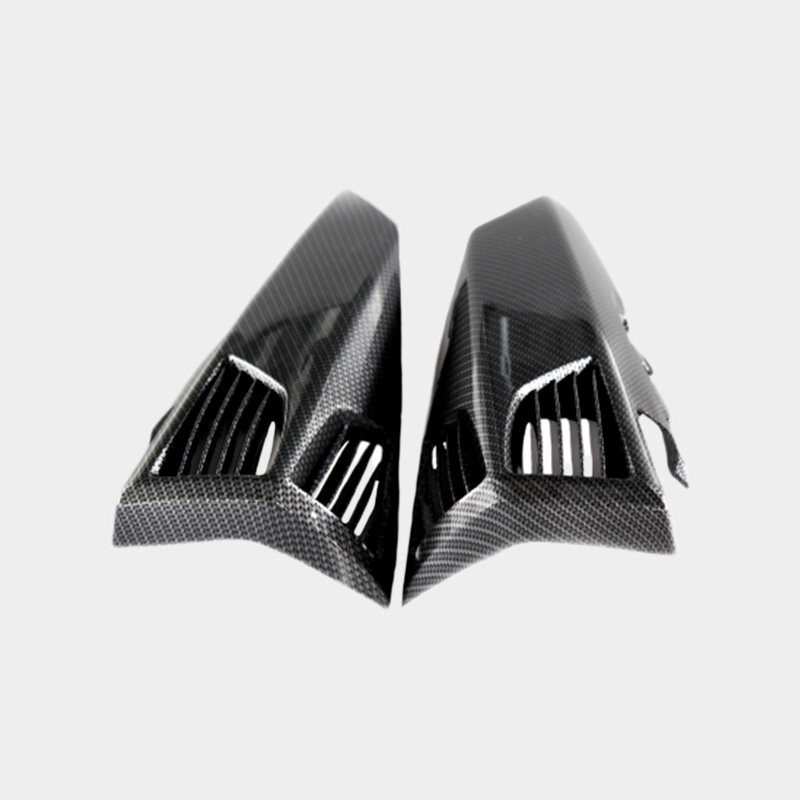Primary maintenance of automotive mould: The first-leve […]
Primary maintenance of automotive mould:
The first-level maintenance of the mold refers to the daily maintenance of the mold by the operator during production. The main contents are cleaning, lubrication and inspection.
A. Maintenance during mold installation:
1. Clean the upper and lower surfaces of the mold before installing the mold to ensure that the mold mounting surface and the press table are not crushed and the parallelism of the upper and lower mounting surfaces of the mold during production;
2. After the mold is installed, open the mold and clean all parts of the mold, especially the guide mechanism. For the surface mold, the surface must be cleaned to ensure the quality of the part;
3. Lubricate each sliding part of the mold and apply grease;
4. Inspection of all parts of the mold, especially safety parts. Such as: safety side pins, safety screws, side guards, punching waste channels, etc.

B. Maintenance during production:
1. Regularly apply oil to the corresponding part of the mold during production. Such as: the pressing ring and fillet of the drawing die; the knife edge of the trimming die; the flanging knife block part, etc.;
2. Regularly clean the small hole waste passage of the trimming punching die.
C. Maintenance after production:
1. After the end of production, a comprehensive inspection of the mold is required;
2. Thoroughly clean the mold to ensure the cleanliness of the mold;
3. Clean up the waste in the mold to ensure that there is no waste in the waste box;
4. Factually feedback the usage status and situation of the mould to the "Mould Usage Work Voucher".
6. Secondary maintenance of mold:
The secondary maintenance of the mold refers to the regular systematic maintenance of the mold according to the technical status and complexity of the mold. This maintenance work is completed by mold repair personnel, and records are made according to the maintenance situation. The following describes the requirements and methods of the second warranty for different parts:
A. Drawing die, punch and die:
The main problem of the convex and concave molds of the drawing die is the napping and the pressing pits of the molding surface. During maintenance, the round corner napping part of the mold is mainly polished. If there is a crater, repair the mold and then repair it;
B. Guide parts (guide post, guide sleeve and guide plate, etc.):
Strain marks and other phenomena may appear in the mold during work. The main reasons are dirty lubricating oil and guide clearance deviation. When the guide parts produce pull marks, use oilstone to smooth them and polish them to eliminate them;
C. Trimming edge:
When the mold is in use, the knife edge part is prone to chipping and edge collapse. At this time, repair welding and repair of the damaged part of the mold;
D. Elastic parts such as springs:
In the process of use, the spring is one of the most vulnerable parts of the mold, and it is usually broken and deformed. The method adopted is to replace, but during the replacement process, you must pay attention to the specifications and models of the springs. The specifications and models of the springs are determined by the three items of color, outer diameter and length. Only when these three items are the same can be replaced;
E. Punch and sleeve:
Most of the punches and punch sleeves used on the mold use standard parts. The punches are prone to breakage, bend and gnaw during the use of the mold, and the punch sleeves are generally gnawed. Damaged punches and sleeves are generally replaced with parts of the same specification. The parameters of the punch mainly include the size of the working part, the size of the installation part, the length dimension, etc.;
F. Fastening parts:
Check whether the fastening parts are loose or damaged. The method adopted is to find parts of the same specification for replacement;
G. Pressing and unloading parts:
Pressing parts such as press plates, Uniglue, etc., unloading parts such as unloading plates, pneumatic ejector devices, etc. During maintenance, check whether the assembly relationship of each part is damaged, and repair the damaged part. Check whether the pneumatic jacking material leaks, and take measures for the specific situation. If the trachea is damaged, replace it.
Taizhou Huangyan Chuangji Mould Industry Co.,Ltd.